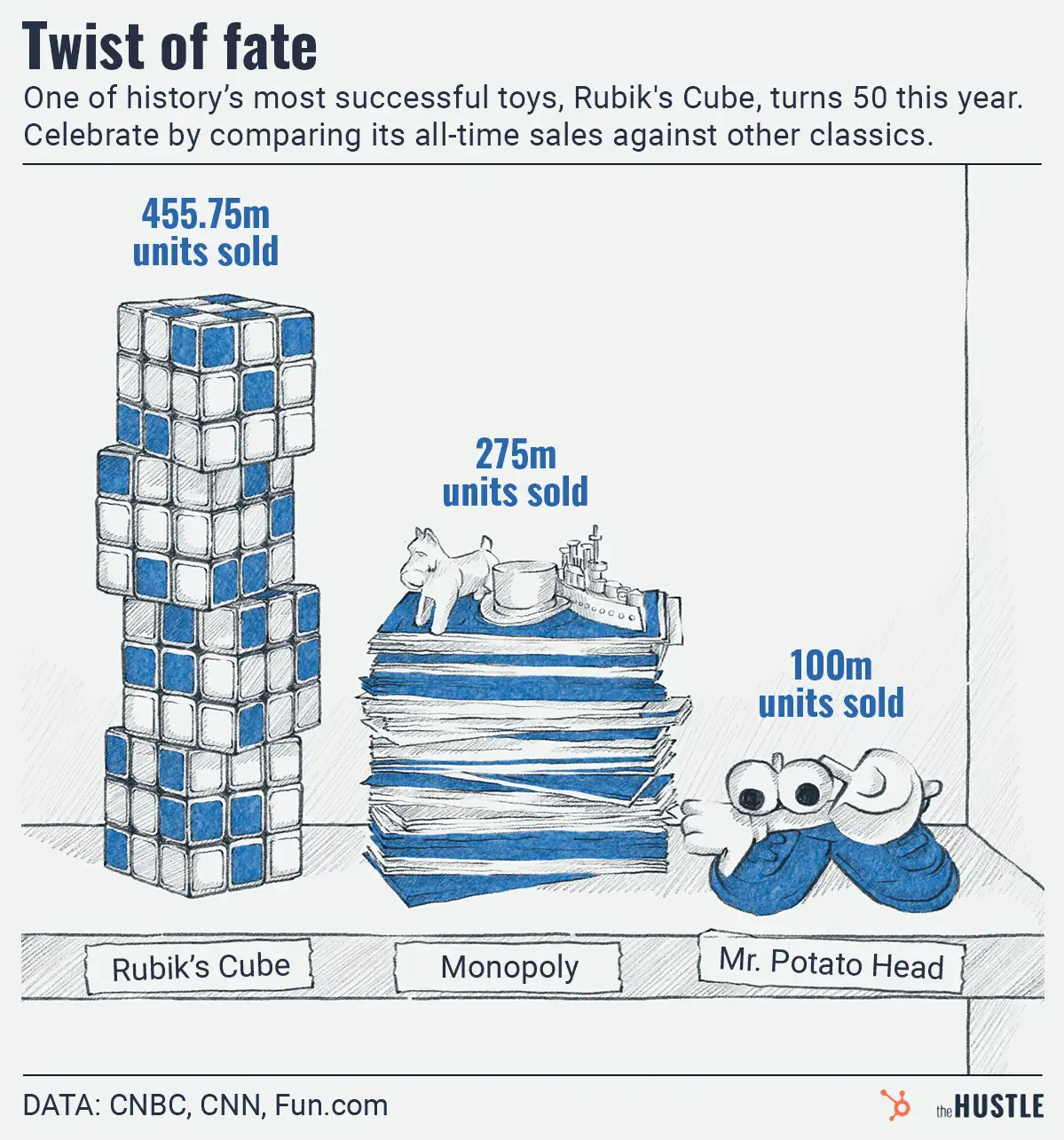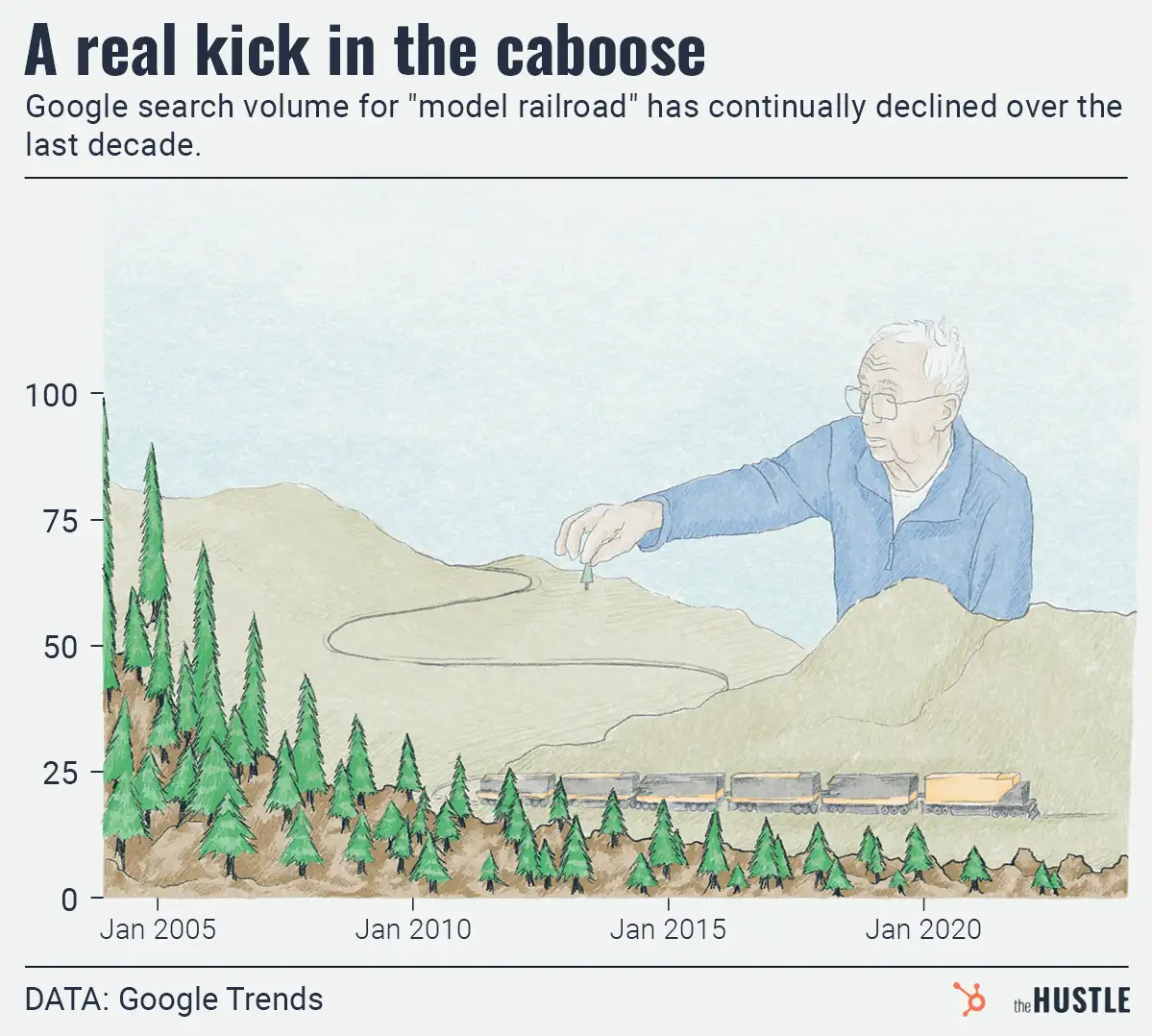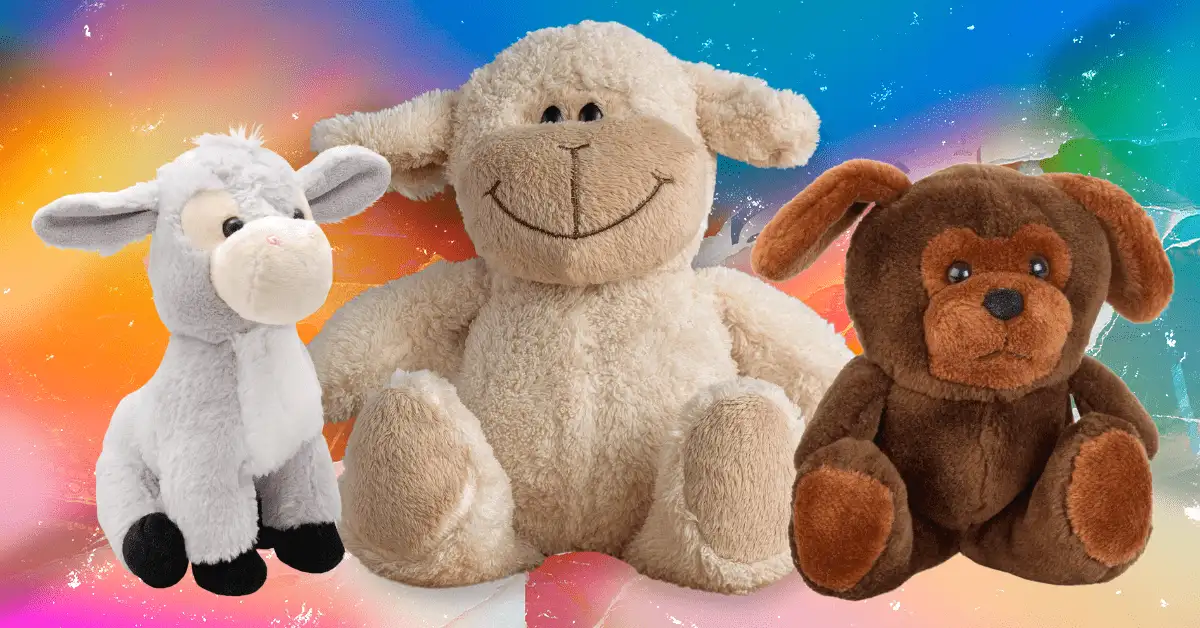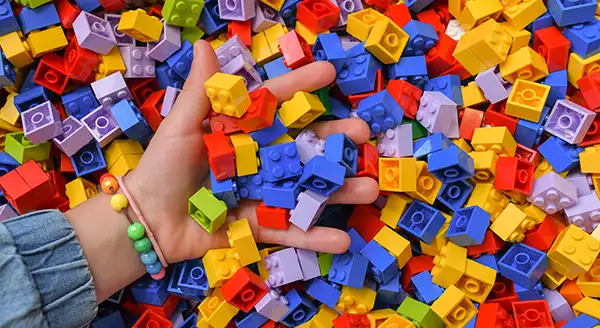Whether you loved watching Barney as a kid, or enjoyed seeing NBA star Charles Barkely obliterate the big purple dinosaur in a 1993 basketball game on “Saturday Night Live” — brace for impact.
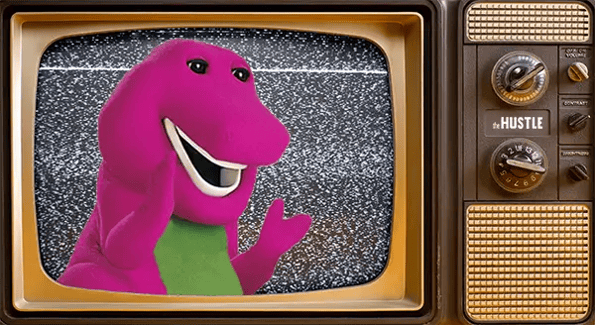
This week, Mattel, which owns the rights to Barney, said it’s relaunching the beloved character across TV, film, YouTube, and merchandise.
The business of Barney
Barney was created in 1988 by teacher Sheryl Leach as a series of home videos with the help of $1m in funding (~$2.5m in today’s money) from her father-in-law.
By 1991, Barney was raking in $3m+ in annual sales. That year, a TV executive whose daughter loved the videos helped secure $2m to produce 30 episodes on PBS.
It was all up for the dino from there:
- In 1996-97, the show attracted a peak viewership of 2.08m preschoolers.
- In 1998, retail sales of licensed Barney merchandise totaled $750m (this figure fell to $550m in 1999).
- In 2001, UK-based HIT Entertainment acquired Lyrick Studios (then-Barney’s distributor) for $275m. By then, Barney had sold 55m videos, 68m books, and 25m plush toys.
Barney & Friends suddenly came to an end in 2010. PBS never gave a reason, but the rise of competing children’s shows and a number of bizarre controversies likely played a role.
In 2011, Mattel bought HIT Entertainment for $680m.
Why resurrect Barney now?
Presumably, the toymaker wants to leverage original content to drive sales.
In 2022, Mattel’s Q4 net sales dropped 22% to $1.4B. It also posted a 93% YoY drop in net income, down from $225.8m to $16.1m.
- Interesting parallel: When fellow toymaker Lego’s sales slumped in the early 2000s, the company managed a successful turnaround partly with this same strategy. More recently, its 2014 film The Lego Movie grossed $468m.
Upcoming projects in Mattel’s lineup include a $100m live-action Barbie movie and other films based on Hot Wheels, Magic 8 Ball, and Uno.
Want more Barney? Check out the documentary I Love You, You Hate Me.

